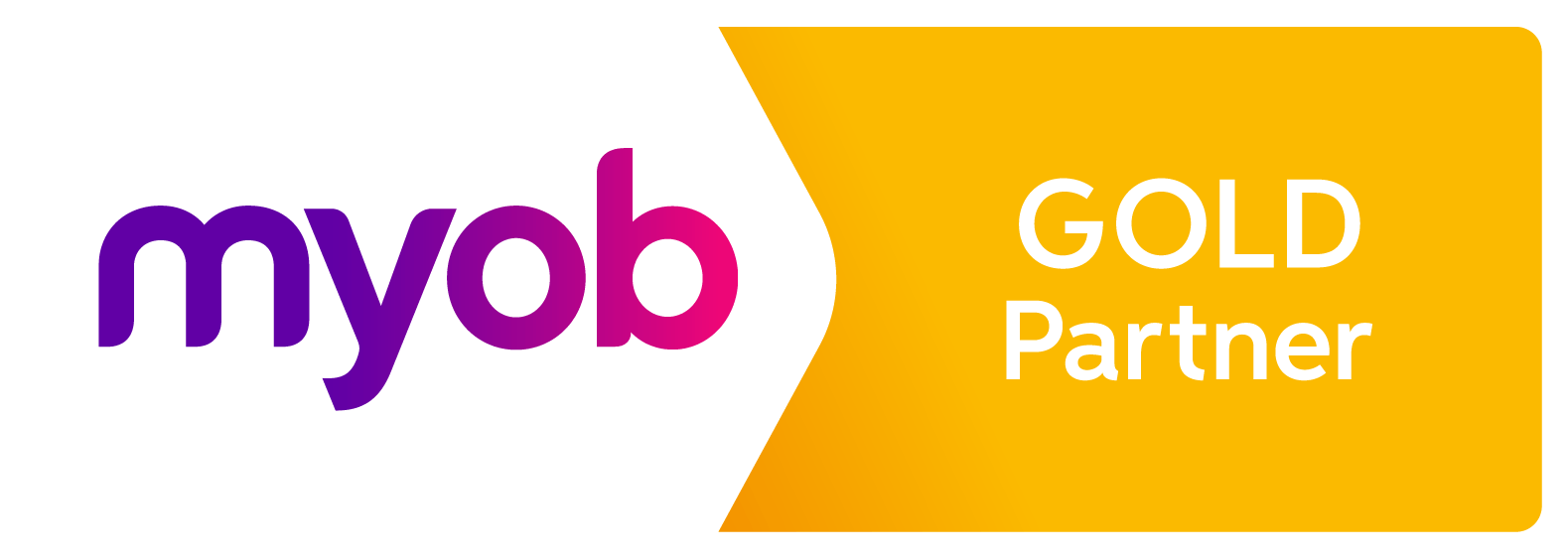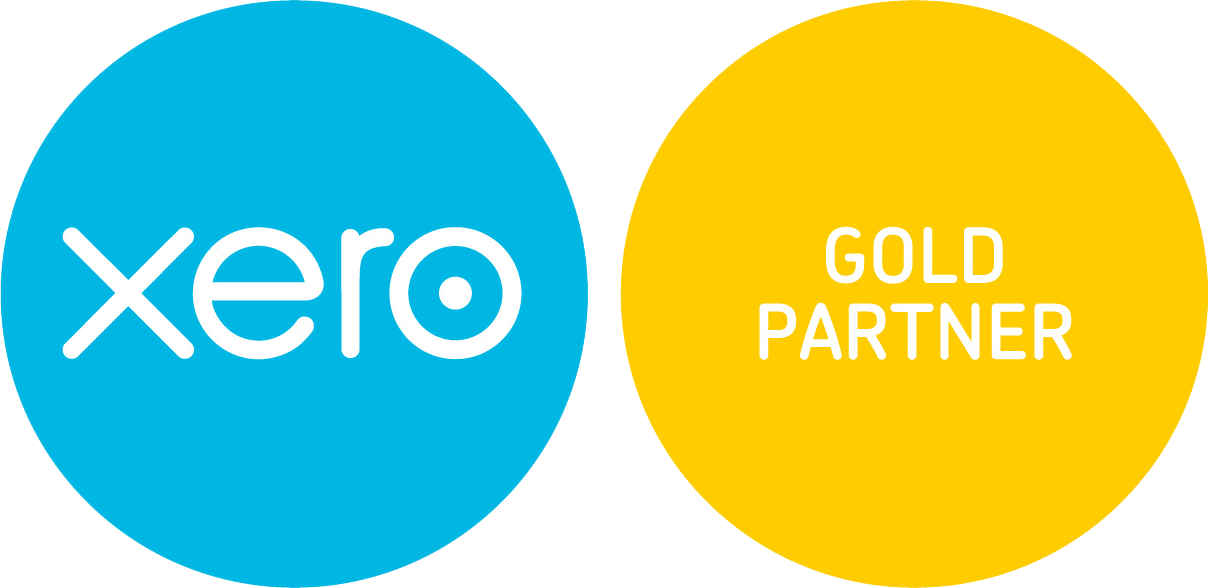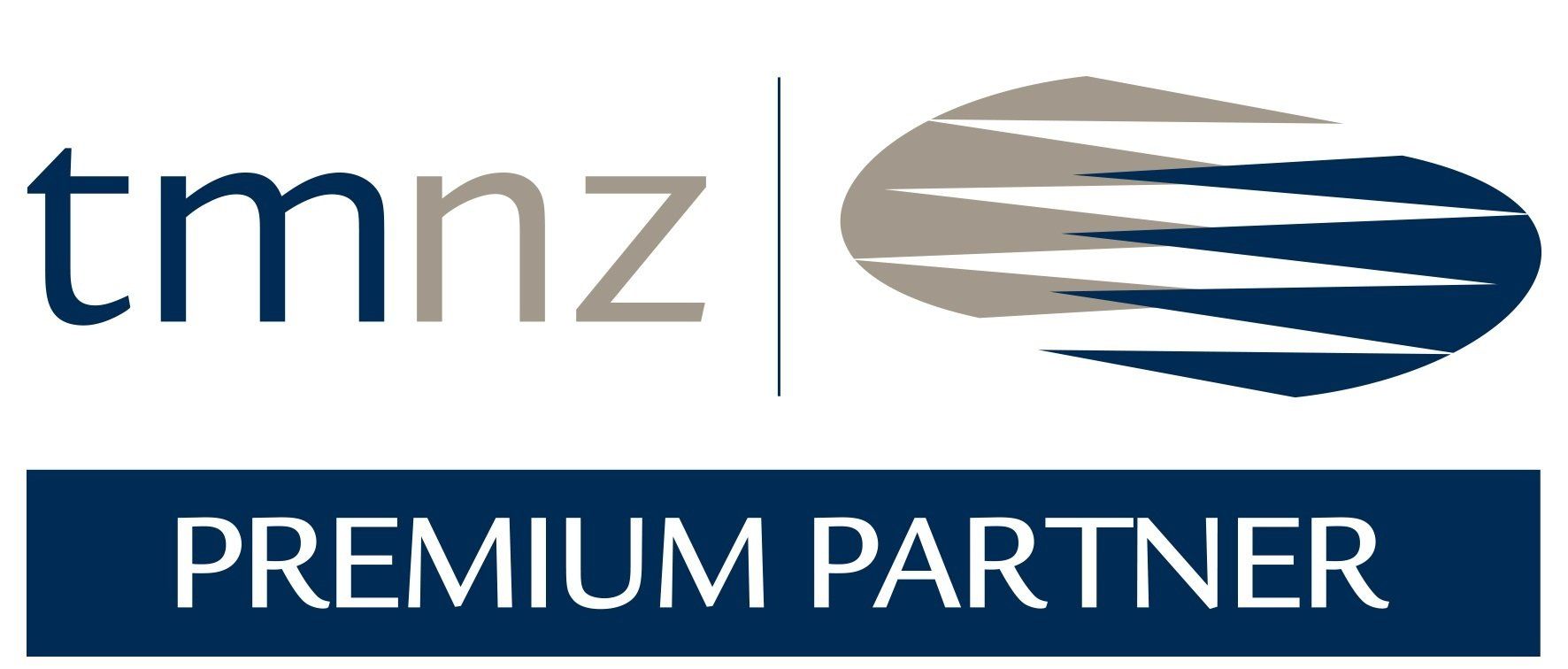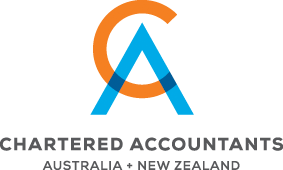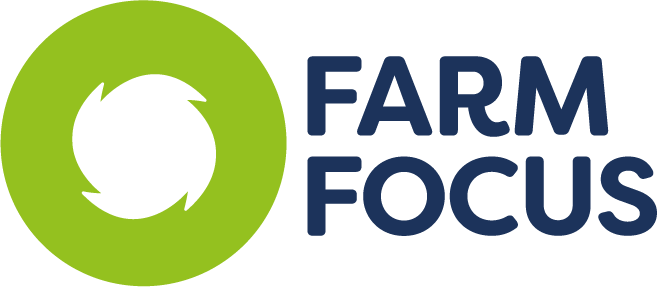CG Update - May 2016
End of Financial Year
The annual questionnaire for your 31 May 2016 balance date has been sent out. Here are a few tips to help you accurately record your livestock numbers.
- It is a lot easier if it's done on or near to balance date.
- Don't separate Jerseys, Friesians, or any other breed. Dairy cows are dairy cows.
- Don't include heifers coming into the herd in the cow numbers, these are R2 heifers.
- Don't forget to add in carry over cows and stock out grazing or leased that you own.
- Calves born after last year's balance date and before this year's balance date are categorised as rising 1 even if they were born on the last day of the financial year. There can be confusion for winter milk herds calving from February.
All of the above is to encourage you to fill in the green questionnaire form. When you have assembled all the information, sign it and send it in to the office.
IRD Livestock Values
The IRD had not released their Herd Scheme values for the 2016 year at date of writing this newsletter, but we expect the values to come down.
Provisional tax – last instalment
For provisional tax payers, you are about to receive your last instalment notice for your 2016 provisional tax commitment. This instalment is due on the 28 th
June 2016.
Using IRD's standard calculation method, this tax payment is based upon your 2015 income plus an uplift of 5%.
An opportunity may exist to re-estimate your 2016 provisional tax downwards to reflect the lower income.
Wages & Payroll
Hardly a day goes by without a client ringing with an employment or wage calculation issue and we are happy to help. We have seen big improvements in compliance and record keeping over the last few years with respect to time records.
We would trust that by now paying staff "under the table" is a thing of the past. There are too many risks, too many prying eyes and the costs and penalties of non compliance are not worth it.
There are a few "golden rules" in calculating wage payments for those who work in your business.
- You should not pay anyone without an IRD number. Without it the non declaration rate of 46.39% must apply. New employees must sign an IR330.
- All employees should have an employment agreement
- Everyone is entitled to an 8% holiday pay component of their pay and that must be shown separately for casual staff if it is to be included in the period's pay. This must also be agreed on in the employment agreement.
- Each pay period must meet the minimum wage rate requirement with respect to hours worked.
- If you provide any taxable allowance (free board or house) then its value must be included in your tax calculation.
- Self employed contractors must produce a withholding tax exemption certificate, otherwise tax must be deducted.
Payroll is a sensitive issue and good communication with employees on wage issues is essential. There is a bigger picture to consider. Many staff have non job related issues that are affected by their gross wage such as child support and family assistance.
Latasha Tappin and Alicia Collins are currently looking after our PAYE and payroll calculations. Give them a call on any payroll issues.
Budgets & Cash Forecast
We can assist you in preparing your 2016/17 budget and cash flow. NOW is a good time to get onto that task. We are also able to import those figures into your accounting file and produce actual vs budget comparatives as we go through the season processing your GST returns.
For comparison with other farmers Dairy Base provides good statistical data. We can assist you with the input information required for you to participate.
Disruptive Technologies – Food for Thought!
These are new tech developments that are going to materially affect economies in the future. These are predictions that have validity due to changing cost criteria such as.
- All energy will be renewable solar/wind/water by 2030. Solar power is benefitting from a 99% drop in the cost of solar photovoltaic (PV) cells since 1976. The cost of power storage is also dropping dramatically through improved and cheaper batteries. A US company launching a Powerwall residential battery had $US800 million in orders and reservations in the first week. There are still a few challenges left in terms of safety and battery fade. By 2020 (thats four years) in many countries solar power will have achieved grid parity pricing.
- All new vehicles will be electric by 2030. An ICE (internal combustion engine) has over 2000 moving parts. The electric vehicle (EV) has 8. EV's are 5 times more energy efficient than ICE vehicles and 10 times cheaper to fill up/charge. The Tesla Model 3 at a cost of $US35k attracted 253,000 new orders in the first 36 hours following launch and has faster acceleration than the BMW 3 series. EV's currently represent less than 1% of global vehicle sales but has achieved growth of 1000% in the last 4 years.
- All new vehicles will be driverless by 2030. 90% of vehicle accidents involve human error and 40% of those also involve alcohol or drugs. Computers don't drink. Road deaths in the USA total 34,000 per year and in China 275,000. The key technology is lidar (light radar) sensors which cost $70k per vehicle in 2012, will drop to $350 per vehicle this year, and will eventually cost $90. On average the human race spends 20% of their working time behind the wheel, think of the other things you could be doing. There is an interesting race going on between Car companies who are adding computers to wheels and the likes of Google who are adding wheels to computers.
The reason why the above are referred to as disruptive technologies are the possible effects these new developments are going to have on significant existing industries, such as oil, car parts, power generation. The economies of whole countries will be affected, what about agriculture?







